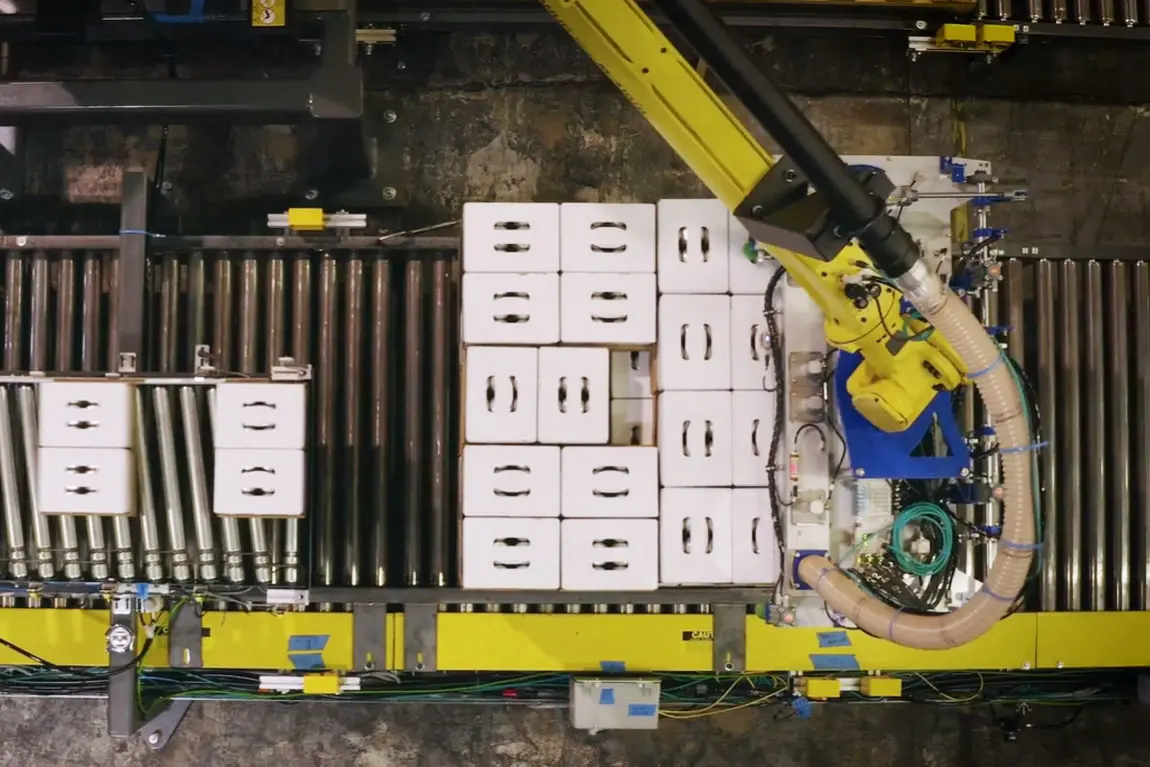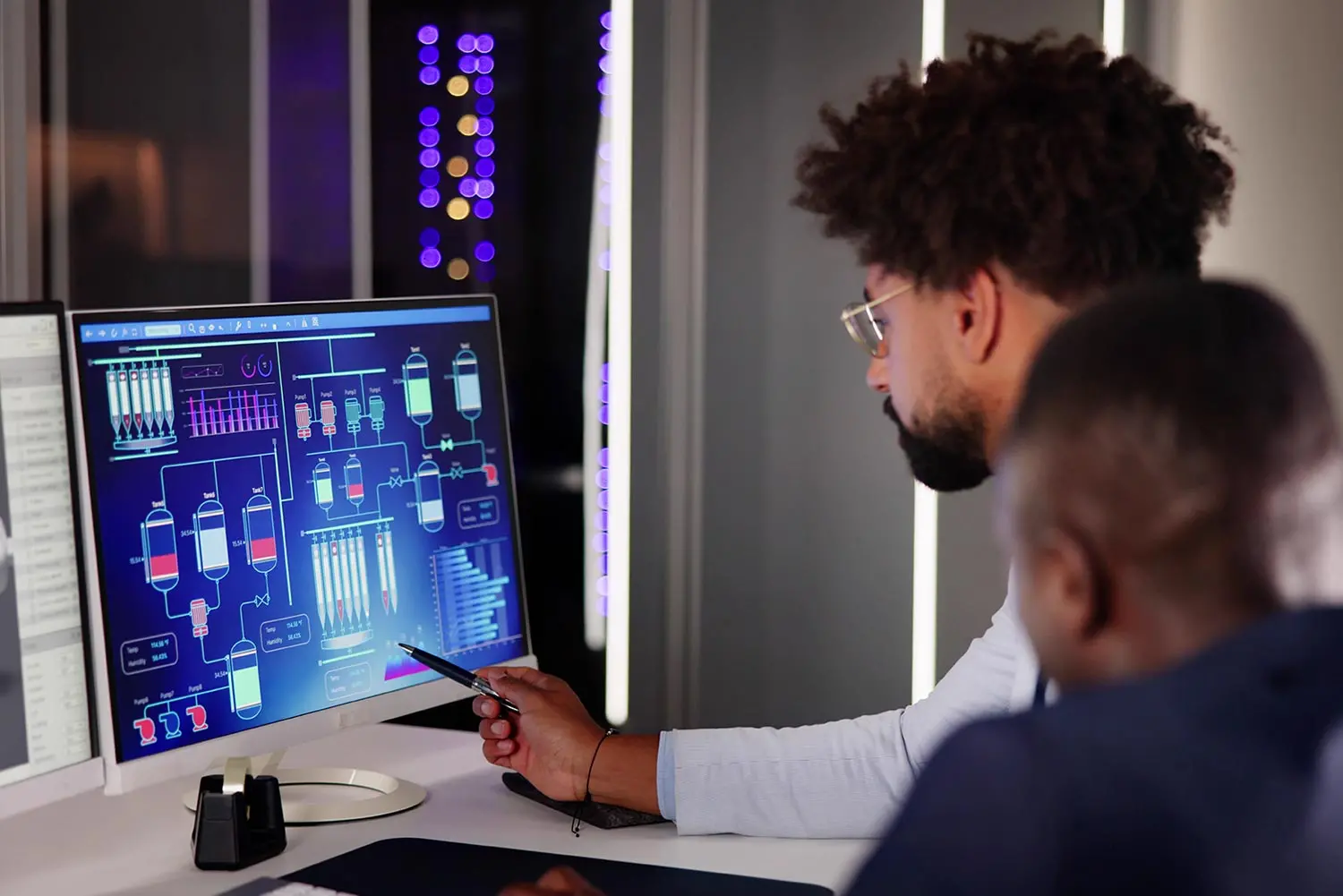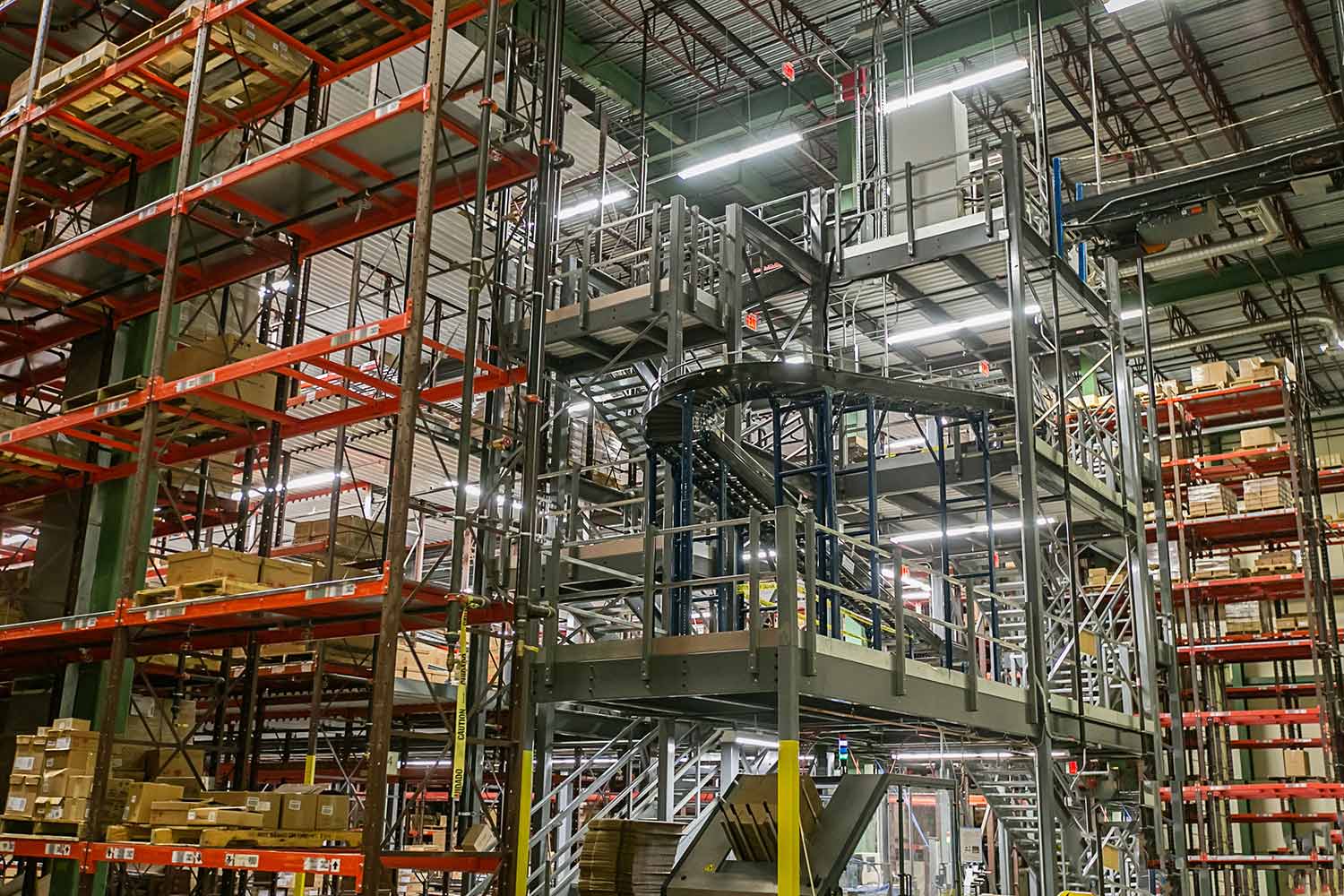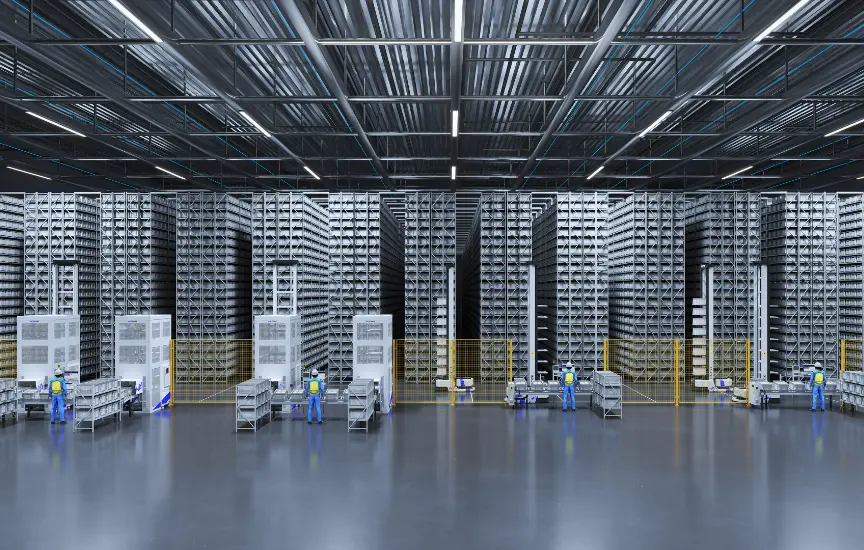
May 29th, 2023
3 min readE-Commerce and the Role of Robotic Automation
Used to streamline operations, improve efficiency, and enhance customer experiences – robotic automation isn’t just the future of e-commerce – it’s the present.
As e-commerce continues to thrive and expand, the role of robots and automation will continue to grow accordingly. But despite this rapid technological expansion, the potential growth is still surprisingly strong.
Robots and other forms of automation are being used in various ways in the e-commerce industry to streamline operations, improve efficiency, and enhance customer experiences. Here we take a look at some of the common applications of robots and automation in the e-commerce space.
Warehouse Automation
Robots are used in fulfillment centers and warehouses to automate various tasks, including picking, packing, sorting, and inventory management. These robots often use advanced sensors, machine vision, and artificial intelligence algorithms to navigate through the warehouse and perform tasks efficiently. In many scenarios, robots are used to perform tasks that are repetitive, dangerous, or otherwise unappealing to human laborers.
In large-scale e-commerce operations, robots can be used to sort packages based on their size, weight, and destination. These robots can quickly categorize and organize packages, optimizing the logistics process and reducing errors.
Equipped with barcode scanners or RFID readers, warehouse robots are used to automate inventory management processes. They can navigate narrow aisles, scan shelves, and update inventory records in real-time. This automation ensures accurate stock levels, minimizes manual errors, and enables efficient replenishment.
Computer vision systems can help robots inspect products for defects, ensuring quality control standards are met. They can detect imperfections, measure dimensions, and assess product integrity more efficiently than manual inspections, improving product quality and reducing return rates along the way.
Autonomous Delivery
Robots have applications outside fulfillment centers and warehouses as well, including their usage in last-mile delivery, particularly in urban areas. These robots – equipped with GPS, sensors, and cameras – quickly and safely navigate sidewalks to deliver packages to customers’ doorsteps. They help reduce delivery times, lower costs, and minimize the reliance on human delivery personnel.
And if an item is returned by the customer, robots are even able to process returns and handle reverse logistics. Using their cameras and sensors, they can inspect returned items, sort them based on their condition, and prepare them for restocking or refurbishment. This speeds up the returns processing and improves overall efficiency.
In all of these applications, robots provide many benefits, including:
- Increased speed – robots typically can perform tasks significantly quicker than humans
- Improved accuracy – while speed is improved, accuracy does not suffer
- Greater strength and endurance – robots can lift much larger loads without tiring
- Enhanced consistency and reliability – robots do not require breaks, vacations, or holidays
- Scalability and flexibility – robotic automation can be adapted and adjusted as a business changes and expands
Lastly, it’s important to note that while robots are increasingly used in e-commerce, human workers still will continue to play a crucial role in many aspects of e-commerce and fulfillment. The integration of robots and automation aims to augment human capabilities and create more efficient and effective processes.
Next Steps
Automation in the warehouse is used to streamline processes, such as receiving, returns, picking, sorting and shipping. Sources show that distribution and fulfillment industries will be exploding with new automation technology for the next decade. It’s imperative for businesses to take advantage by expanding into robotics and automation integration now.
Let’s talk and take the first step towards future-proofing your operations. Contact an IndPro specialist today to start a discussion. We’re here to help!
Related Posts

The Human-Robot Partnership Requires an Upskilled Warehouse Workforce
Article
Professional Integration is Crucial for Warehouse Automation & Robotics Implementation
Article